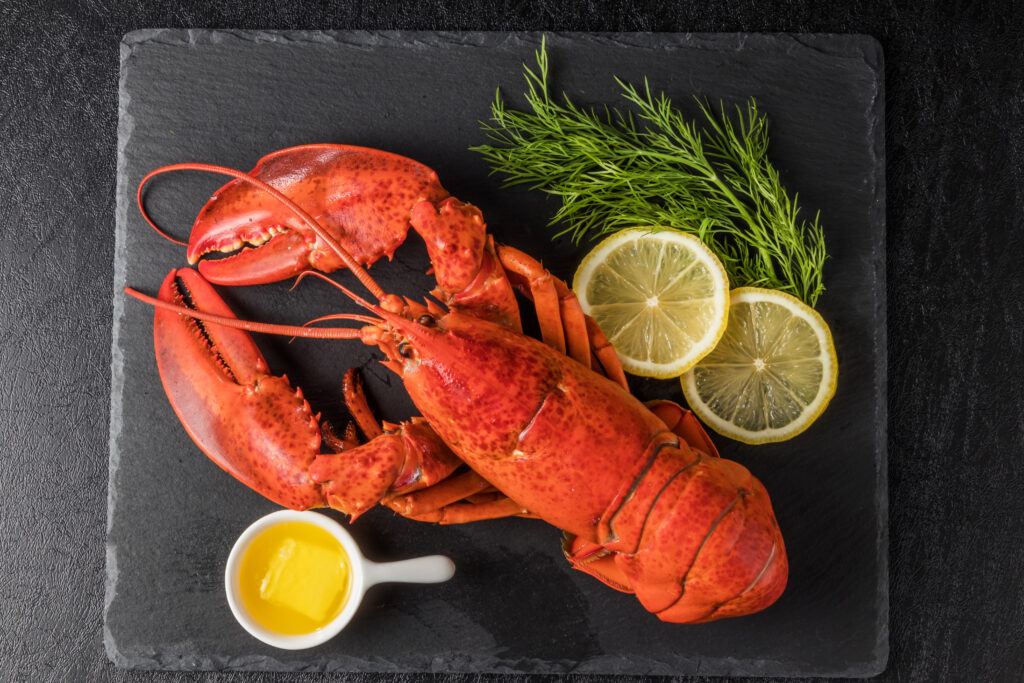Annual lobster harvest has increased exponentially over the years. The number of lobsters caught has risen dramatically along with the global demand for lobsters, but maintaining the lobster population levels is essential for both sellers and buyers.
The number of lobsters captured, and the amount exported are at record highs. Sustainability is becoming increasingly important to local and global businesses because if the lobster population starts to decline, there will likely be more significant restrictions on harvesting, which will price out current customers. Here’s the bottom line: everyone benefits from sustainability.

Why Is Sustainability Important
Lobster consumption is big amongst seafood lovers in San Francisco and Pucci Foods is committed to supplying sustainable lobster.
When referring to fishing, the word “sustainable” denotes that a population is maintained at a specific level of optimum yield. Maintaining a robust lobster population over the long term is the aim of seafood suppliers like us.
By doing so, juvenile lobster growth rates and reproduction can keep up with catches. As a result, there will be no overfishing of the lobster population, allowing consumers like you to continue to enjoy this delectable seafood for years to come.
Methods To Control Lobster Population
Lobstering is a central part of our community, and we are committed to contributing to the economy by sourcing from producers we know and trust. Regulations are in place to manage proper fishing techniques and mindful practices to keep lobster supplies in check. We have listed some of these regulations below.
Adhering To Legal Size Limits
After the trap limit, the size limit is the next line of defense against overfishing. The laws established by the California Department of Fish and Wildlife prohibit the harvest of both giant “breeder” lobsters and tiny lobsters that are still developing. This is a fantastic practice to ensure lobster reproduction.
A Lobster Measuring Gauge is used to measure the size of the carapace (hard outer shell) of lobsters. This measurement is taken in a straight line. It starts on the midline, measuring from the edge of the eye socket to the edge of the body shell (eye to the tip of tail). The carapace length should be three and one-fourth inches.
With this quick measurement, lobstermen swiftly determine whether they can keep the lobster or throw it back in the water to grow.
Protecting Female Lobsters with Eggs
If a female lobster has eggs when a lobsterman draws it out of the trap, they know it is imperative to release the lobster back into the water so it can continue to reproduce. Before they throw it back they will cut a harmless v-notch in the female lobster’s fin to mark one of her flippers on her tail before throwing her back into the water. If another lobsterman picks her up, they will know not to take this specific lobster.
This notch lasts for two molts of the lobster’s exoskeleton, protecting it from harvesting and ensuring that it can continue to breed for up to five years. A sizable fine may be imposed for keeping a female lobster carrying eggs or a v-notch lobster.
Pucci Foods is constantly seeking ways to offer wholesale seafood that is sustainably sourced. Our team is working diligently to ensure we remain your trusted seafood suppliers in the Bay Area. Check out our nutrient-rich range of products, interesting facts, and recipes to start savoring the delicious flavors of the sea in a sustainable way.



